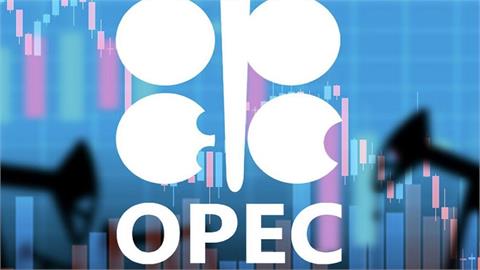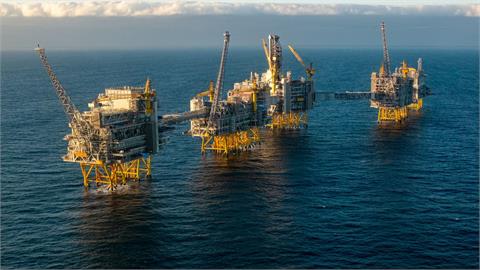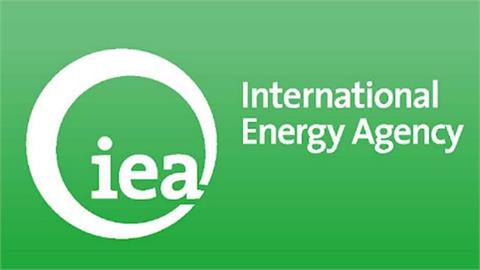Crude-oil prices may have "bottomed out” as Iran’s return to the market has been less dramatic than the country promised, and OPEC production fell in February, the International Energy Agency said on Friday.
Output is also falling faster than expected in countries outside the Organization of the Petroleum Exporting Countries, said the IEA in its closely watched monthly report, helping prices rise to more than $40 a barrel in recent days, up more than 40% from $28 a barrel earlier this year.
"This should not, however, be taken as a definitive sign that the worst is necessarily over,” said the IEA, which monitors energy trends for industrialized countries. "Even so, there are signs that prices might have bottomed out.”
Oil prices rose after the report’s release. Brent crude, the global oil benchmark, rose 1.4% to $40.61 a barrel on London’s ICE Futures exchange. On the New York Mercantile Exchange, West Texas Intermediate futures were trading up 1.9% at $38.55 a barrel.
The IEA’s report comes as a number of oil-market investors have become more optimistic amid signs of life for a commodity that is down almost two-thirds from its high of $114 a barrel in 2014.
Some hedge-fund managers have recently started betting on rising oil prices, or picking up the stocks or credit of battered energy companies in the belief that prices have dropped too far. The recent rally follows a period when prices fluctuated wildly, swinging as much as 10% within one day, an indicator that inexperienced traders were piling in on the belief there were deals at the bottom of the market.
"It really indicates that traders are starting to anticipate the floor,” said Ann-Louise Hittle, vice president of macro oils research at global oil consultancy Wood Mackenzie.
The IEA said the forces that created a global glut of oil—2 million barrels are produced above demand on any given day—are showing signs of change.
American production, which surged for years on the back of hydraulic fracturing of shale formations, is forecast to decline by nearly 530,000 barrels a day this year, the IEA said. OPEC, the cartel that controls a third of the world’s oil, was beginning to show discipline after a period of increased production, with its output slipping 90,000 barrels a day in February.
And overall production outside of OPEC also was trimmed by 90,000 barrels a day in February to 57.1 million barrels a day, and is expected to fall by 750,000 barrels a day this year, the IEA said.
The IEA report cheered analysts who have been predicting OPEC’s new course would force prices low enough to eliminate oil production, bring supply closer to demand and raise prices.
"Finally some recognition that market forces are working their magic,” Bernstein Research said in a note on Friday.
Many traders and investors still doubt that the worst is over as supply is still overshooting demand and oil inventories around the globe continue filling up. Analysts have continued to slash their forecasts, with thirteen investment banks polled by The Wall Street Journal in February predicting Brent would average $39 a barrel this year, down $11 from the survey in January.
Still, there are also signs the worst-case scenarios that drove oil prices so low this year may not materialize.
Iran promised to flood the market with 500,000 barrels a day of new exports within months after international sanctions on its nuclear program were lifted. But in February, its output was only 3.22 million barrels a day—an increase of about 220,000 barrels a day over January.
"Iran’s return to the market has been less dramatic than the Iranians said it would be…provisionally, it appears that Iran’s return will be gradual,” the IEA said.
Another factor that currently supports higher prices is a possible action by oil producers to control their production, the IEA said.
In February, the energy ministers of Saudi Arabia and Russia—the world’s two largest crude-oil exporters—agreed with Qatar and Venezuela to freeze their production at January levels if other producers follow suit amid mounting pressure to prop up slumping oil prices.
The IEA said, however, that it is rather unlikely that an agreement will affect the supply and demand balance substantially in the first half of 2016.
Iran has so far rejected freezing its output at January levels, put by OPEC secondary sources at 2.93 million barrels a day, and has repeatedly said it plans to up its output to the pre-sanctions levels.
Saudi Arabia and Russia appeared to stick to their pledges.
Saudi Arabia’s output inched higher to 10.23 million barrels a day in
February from 10.21 million barrels a month earlier, while Russia’s crude and
condensate production fell by 25,000 barrels a day close to 10.9 million
barrels a day.
(Wall Street Journal)



